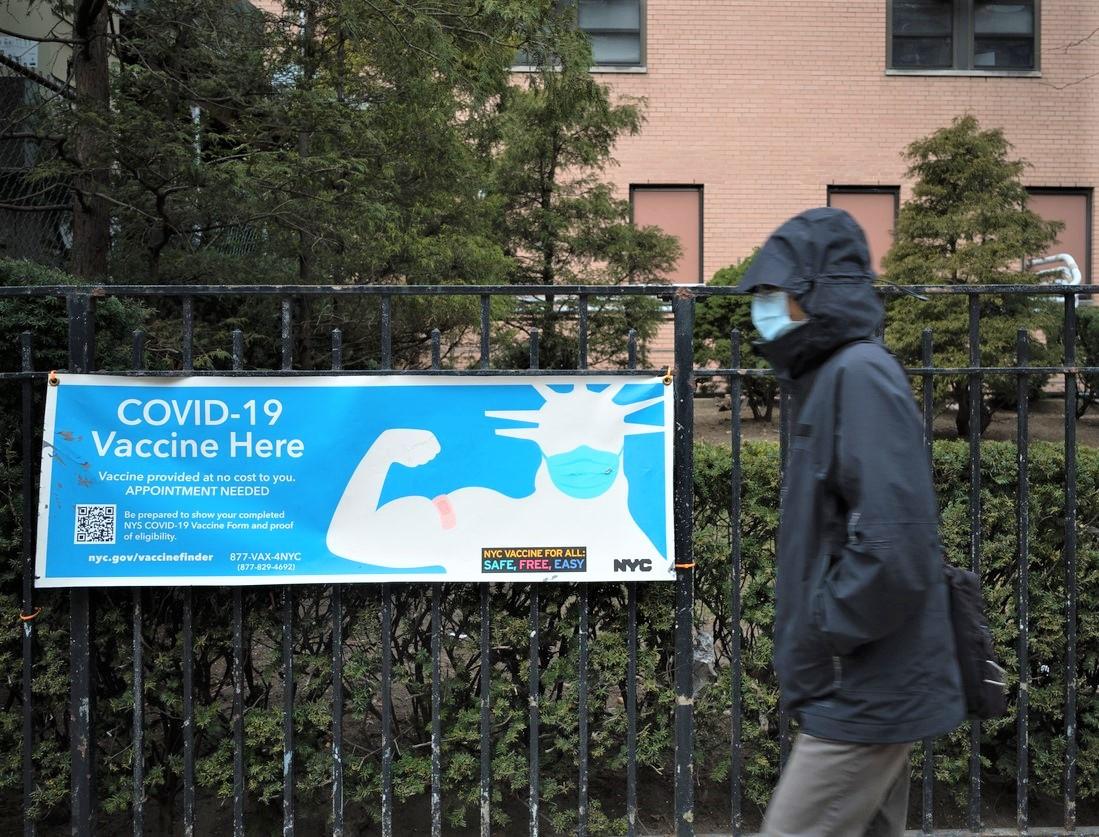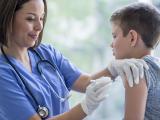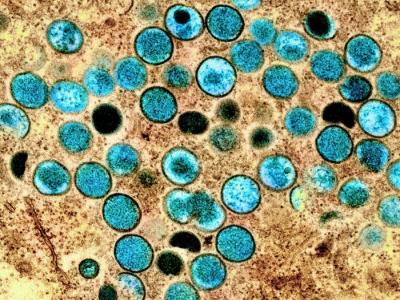Each dollar invested in New York City COVID-19 vaccine efforts generated $10.19 in savings by lowering infection and death rates, productivity loss, and healthcare use, estimates a study published yesterday in JAMA Network Open.
Direct and indirect savings approached $28 billion, the study authors calculated.
Researchers from the Yale School of Public Health led the analytical modeling study of COVID-19 cases in New York City from Dec 14, 2020, to Jan 31, 2022. They estimated the direct and indirect costs, in 2021 US dollars, of healthcare and deaths amid the pandemic, compared with a counterfactual scenario without vaccination. The scenario was derived from an agent-based simulation model while accounting for evolving COVID-19 characteristics and dominant SARS-CoV-2 variants over time.
New York City rolled out the Moderna and Pfizer/BioNTech mRNA vaccines on Dec 14, 2020, giving at least one dose to 84.9% of its residents by Jan 31, 2022. "This public health success required considerable financial investment to acquire and deliver vaccines, promote vaccination to the public, and address vaccine hesitancy in many communities," the study authors wrote.
Direct and indirect COVID costs
Direct healthcare costs, including those for outpatient and emergency department visits, and emergency medical services, hospitalizations, and intensive care unit admissions, were provided by the New York City Department of Health and Mental Hygiene.
The researchers factored in state and federal funding and an estimated 0.25% vaccine wastage rate. Direct costs consisted of the purchase value of vaccine doses and costs of vaccination clinic setup, ads and outreach, patient transportation, and vaccine transportation, storage, and administration.
Indirect health outcomes included loss of infection-related workdays and productivity and adverse vaccine reactions, the former calculated using the percentage of vaccinated working adults and a per-capital personal annual income of $74,472. The team also accounted for the indirect costs of COVID-19 deaths by calculating potential years of life lost (PYLL) using the value of statistical life lost (VSL), a measure of people's willingness to pay for 1 year of life.
$28 billion in costs potentially averted
Estimated direct costs of the vaccination campaign were $2.44 billion, and indirect costs were estimated at $2.39 billion. The direct costs of COVID-19–linked healthcare were estimated at $7.45 billion with vaccination and $33.04 billion without it.
Indirect costs associated with loss of workdays due to isolation for symptomatic cases or hospitalization, or both, were estimated at $1.87 billion with vaccination and $4.22 billion without it. Overall, vaccination was estimated to have prevented $27.96 billion in direct and indirect healthcare costs that would have been incurred without vaccination.
Overall, the pandemic resulted in an estimated 92,280 of PYLL and a total VSL loss of $7.70 billion in New York City. The vaccination rollout averted an estimated $27.96 billion in healthcare costs and 315,724 PYLL, avoiding a VSL (due to COVID-19 death and productivity loss) of $26.27 billion, equivalent to a savings of $0.55 million per avoided death. The averted PYLL were mainly among people 50 years and older.
The estimated vaccine-attributable net savings were $51.77 billion. Every $1 invested in vaccination resulted in a return on investment (ROI) of $10.19 in direct and indirect costs from infections and deaths that would been incurred without vaccination.
From a societal perspective, the ROI without VSL was an estimated 427%, equivalent to a savings of $4.27 in direct and indirect healthcare costs for every $1 that went toward vaccination.
'Compelling evidence' for continued investment
The researchers said the study was the first ROI analysis of COVID-19 vaccination in New York City. The results, however, can't be generalized to different populations with different paces of vaccine distribution and uptake, they cautioned.
The team didn't account for, among other factors, the potential averted costs of implementing nonpharmaceutical interventions such as lockdowns or business or school closures or for the association between vaccination and the economic burden of diverting the delivery of non-COVID healthcare services, they added.
But their estimated findings do point to enormous savings of money and lives, the authors said. "The New York City COVID-19 vaccination campaign was found to be associated with not only reduction in severe outcomes but also avoidance of substantial economic losses from high costs of health care and value of lives lost," they wrote.
"This considerable ROI provides compelling evidence for the continued investment in improving vaccine uptake during the ongoing COVID-19 pandemic."



















